Saumya is a co-founder of Greenhouse-in-a-Box, an innovative farming system that helps small farmers earn a steady, reliable income, no matter what climate change throws at them – monsoons, drought, 120-degree temperatures, or insect infestation. With the Greenhouse system, farmers grow 7 times as much food using 90% less water than traditional farming. For many, this is the difference between remaining on their land or abandoning the family farm in search of poorly-paid work in cities.
Q: Tell me the Greenhouse-in-A-Box origin story. How’d you get started?
A: I was traveling across India helping kids get jobs. Most were school drop-outs, and the social impact organization I was working for was giving them 2-3 month courses, training them in areas like the hospitality industry and retail sales. Many were the children of farmers who had to migrate to cities looking for work because they did not want to be farmers. They’d stay in the jobs only 3-4 months then leave, because the standard of living in cities with meager salaries was bad and being away from their families was hard for them. I realized that I was helping solve a symptom of a problem, not the problem itself – that farmers could not make enough money to support their families.
Around this time, two of my co-founders were working on an organic farming start-up. They were realizing that organic farming wasn’t profitable for the farmers, because not enough people were willing to pay for it – for the farmer it didn’t make economic sense. Like me, they were unhappy with the depth of impact they were making in their work.
We got together and asked the question, “how can we have deep impact in farming?”
Q: How did you get from there to Greenhouse-in-a-Box?
A: We went back to the drawing board. Over a six month period we asked 1,000 farmers what they were struggling with. We learned many were not making money for reasons that were related to climate change – although they didn’t use that term. It was issues like unpredictable rainfall, extreme heat and new insects that appeared every year.
So we said, okay, let’s look at interventions that can mitigate climate change. That took us to greenhouses. This is not new technology, it’s been around for decades. But they were too expensive for small farmers who needed it the most. So our goal became how to make this existing technology work for small farmers, so they can at least protect a small part of their farm from climate risk. That became the Greenhouse-in-a-Box.
Q: The beauty of the program you’ve created is that it takes care of the farmer through every step of the process. Explain how that works.
A: The greenhouse is the product. Then we got into financing to help the farmers get loans, to make it affordable. It costs $3,000; the farmer pays $300 upfront. Greenhouse inputs like seed and fertilizer are different than regular farming, so we provide those. Then we needed to do training because greenhouse farming is different. And we needed to help build a market for the crops.
We have partner organizations doing every one of these steps – our role was to bring them all together. We install the greenhouse, deliver inputs for the season, have an agronomist on call 12-hours a day for help, and have a last mile logistical partner pick up the farmers’ harvest and sell it directly to supermarkets.
Q: Greenhouse-in-a-Box uses significantly less water than traditional farming. How?
A: The greenhouse is made of a steel frame that’s covered with insect net to prevent pests, so we don’t have to use as many chemicals to kill them. The top is shade net, which is used for reducing direct sunlight. Greenhouses in the U.S. are used to protect crops from the cold, but in India they need to protect them from 120-degree heat. We use a mulch plastic covering on the soil, and inside the mulch sheet is drip irrigation, which is very precise. All this combined uses 90% less water than open farming.
Q: What do your farmers grow?
A: They can grow most vegetables. However, the economics is best for niche products like cucumbers, tomatoes, and peppers. Staples like onions and potatoes don’t make as much sense in our current structure. But we are developing Greenhouse Lite, which will make growing staples more economically viable.
Q: Tell me about specific farmers you work with.
A: There’s a husband and wife who had been married for 15 years, who had to leave farming to work in the city. They both had hospital jobs, and a very long commute every day. They bought a Greenhouse-in-a-Box and were able to quit their hospital jobs and go back to farming. Another guy was working 16-hour days in a gas station in the city; he was able to go back to farming.
A lot of unemployed women in rural households can now work. Greenhouse-in-a-Box requires only about 1.5 hours a day of work and much less physical effort as the crops grow vertically in the greenhouse. They feel pride that they can now be breadwinners and contribute money to the household.
Q: How has COVID affected the farmers and your organization?
A: At the beginning of COVID most of the agriculture supply chain shut down, and so did we. But then by April the markets started to open up because farming is an essential service. It all bounced back sooner than we expected.
A big lesson we learned is that we can use an remote agronomy extension model – we can give people help each week from a distance. Farmers send us photos using WhatsApp. Some of us were spending 50% of our time in the field, traveling from farm to farm, but we’ve realized our presence is not mandatory. We can do most of it remotely.
Also, when the pandemic hit, many migrant workers left the cities and went back to the villages. Greenhouse-in-a-Box allows such workers to have a consistent income in the village.
Q: What’s surprised you since starting this organization?
A: The number of people we could get together to join the cause. Banks doing the financing, the agri-conglomerate supplying the greenhouses, agronomists willing to share their expertise. We’ve gotten a lot of support from across the globe from people making sure our farmers succeed.
Q: I end every interview with the same question, but since you are Indian, not American, I’m not sure it will work. Yet, I have to ask anyway. If Donald Trump invited you to the White House would you go?
A: No. He’s insane.


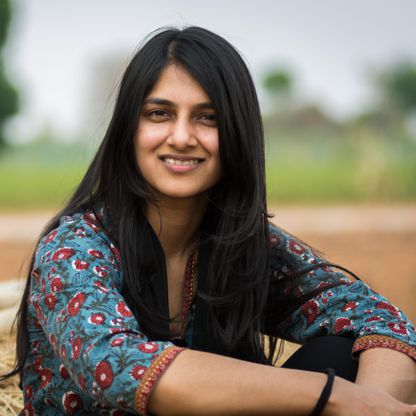

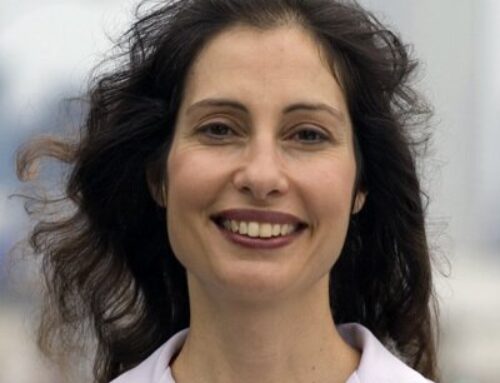

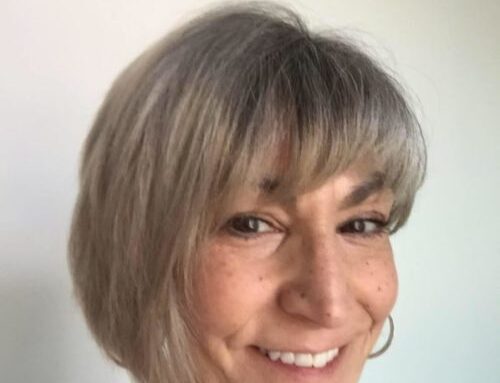
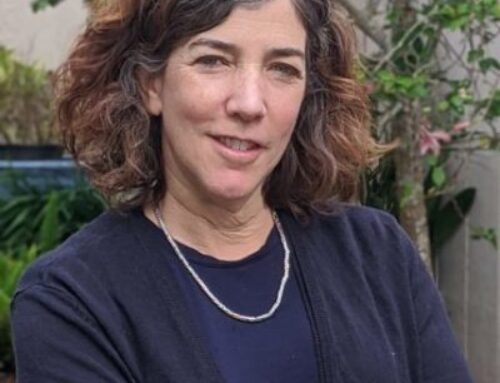


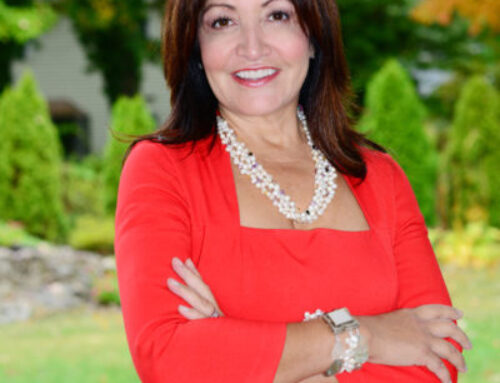
Marla, I love reading about Greenhouse in a Box – what a totally fabulous project. It needs to expand to other countries as the climate gets hotter, really exciting and at last some hopeful news !